Expert Tips on How to Identify Raw Diamond like a Pro
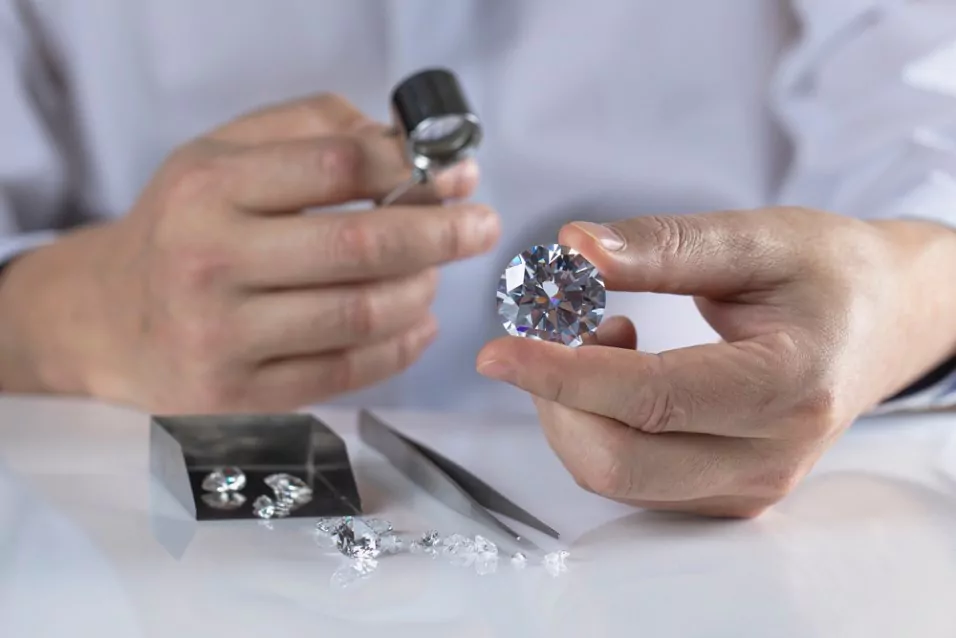
Diamonds are among the most coveted and valuable minerals in the world, known for their exceptional beauty, hardness, and rarity. While most people are familiar with the polished, refined diamonds commonly found in jewelry, raw diamonds, diamond saws, or rough diamonds are uncut, unpolished stones that have not yet been processed. Identifying a natural rough diamond can be a challenging task, but with the right techniques and tools, it is possible to learn how to identify raw diamond and differentiate between raw rose-cut diamonds and other minerals.
- What is a Raw Diamond?
- Identifying lab Raw Diamonds
- Appearance
- Crystal Form
- Hardness Test
- Thermal Absorption Test
- Specific Gravity Test
- Examining Reflections and Refractions
- Scratch Test with Corundum
- Weight and Suspect Diamond Weigh
- Circular Reflection Inside
- Cleave Creating Smooth, Curved Conchoidal Surfaces
- Diamond Testers
- Fine Diamond Dust
- Natural Beauty
- Inspecting for Inclusions
- Differentiating Diamond from other Natural Raw Diamonds
- Buying Raw Diamonds
- Famous Raw Diamonds
- Wrapping Up
1 What is a Raw Diamond?
Raw diamond, also known as a rough diamond, is a diamond that has not undergone any processing or cutting. It is in its natural form, straight from the mine, and is yet to be cut or polished. Raw pepper rough diamonds come in various shapes and sizes, and their appearance can range from dull to transparent, depending on their quality and purity. Raw diamonds are usually found in their host rock or mineral, which can be quartz, kimberlite, or lamproite, among others.
2 Identifying lab Raw Diamonds
You must be wondering how to identify natural diamonds. Identifying natural raw diamonds can be a challenging task, even for experienced Gemologists. However, there are several methods that can help differentiate uncut rough diamonds from other minerals.
Appearance
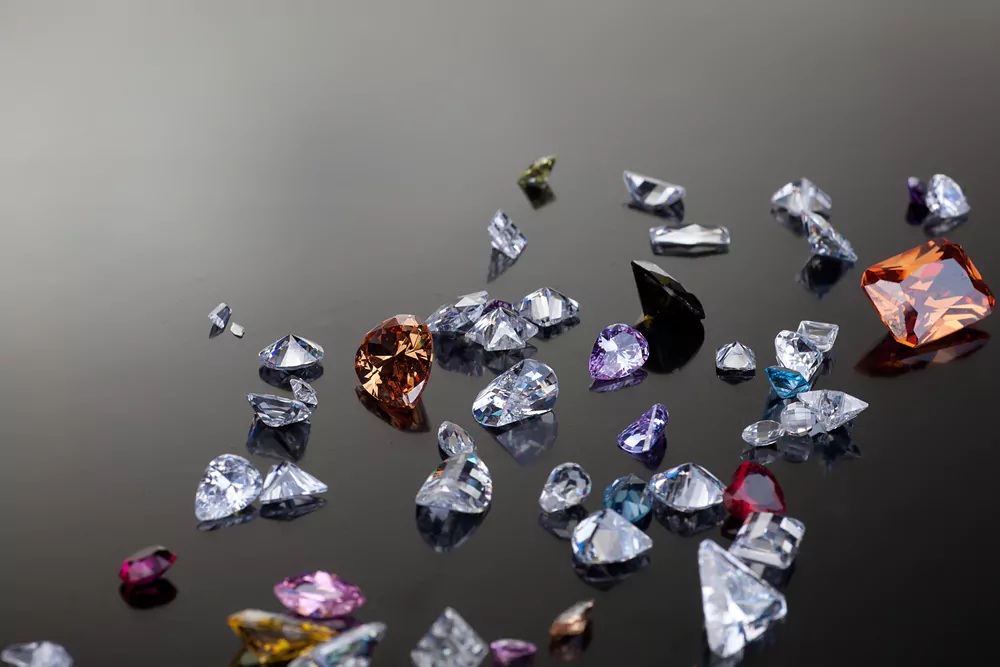
The first step in identifying a real raw diamond is to examine its appearance. Raw diamonds can come in different colours, including white, yellow, brown, and grey. They can also have different shapes, such as cubic, octahedral, or dodecahedral. However, the most common shape for raw diamonds is the octahedron, which is an eight-sided shape resembling two four-sided pyramids joined together at their bases. The surface of a raw diamond can be rough or smooth, depending on how it was extracted from the host rock or mineral.
Crystal Form

The crystal form of a raw diamond can also help identify it. Diamond crystals have a unique hexagonal form, which distinguishes diamonds break of them from other minerals. The hexagonal form of a diamond crystal can be observed under a microscope, where it appears as a six-sided shape. However, not all raw diamonds have a perfect hexagonal form, and some may have irregular shapes due to their extraction process.
Hardness Test
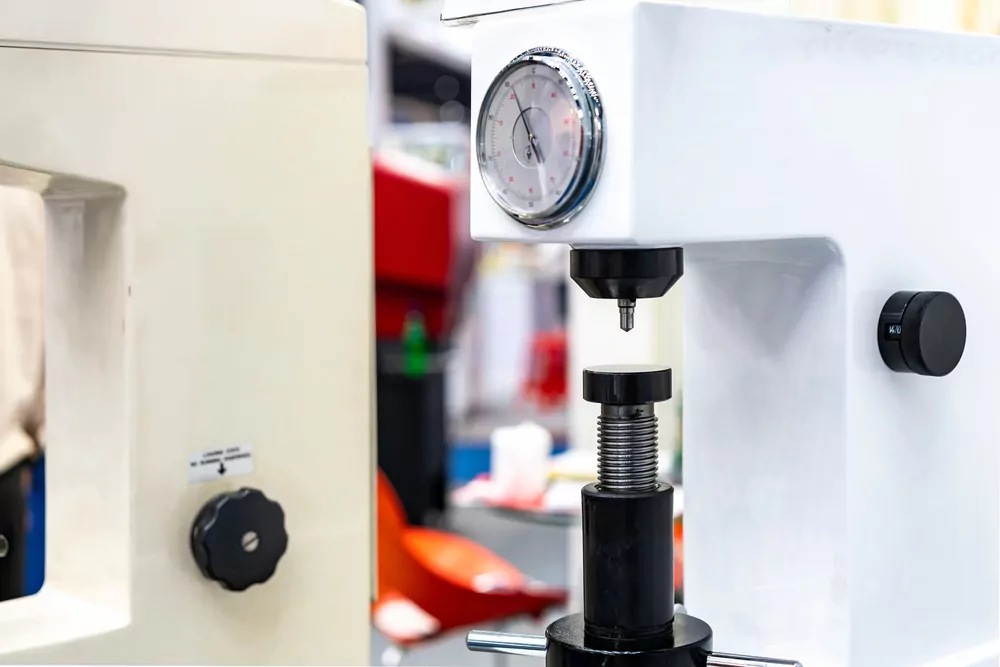
One of the most common ways to identify a raw diamond is to test the hardness of the diamond. Diamonds are known to be the hardest mineral, with a score of 10 on the Mohs hardness scale. This means that they can not scratch glass or any other mineral, including quartz, corundum, and cubic zirconia. To perform a hardness test, simply scratch the suspected diamond crystal against a piece of quartz or corundum. If the crystal scratches the mineral, it is likely a diamond. However, it is important to note that other minerals, such as corundum, which is used to make ruby and sapphire, also have a high hardness level and can scratch glass. Therefore, it is best to use a scratch-only hardness test as a preliminary method for identifying raw diamonds.
Thermal Absorption Test
Diamonds have unique thermal properties that can also help identify them. They have a high thermal conductivity, which means they can transfer heat quickly, and a low thermal expansion, which means they do not expand much when heated. To perform a thermal absorption test, use a portable diamond tester, which is a handheld device that measures the thermal absorption properties of a suspected diamond. Simply place the diamond on the tester’s sensor, and it will emit a heat pulse that is absorbed by the diamond. The device will then display a numerical value, indicating whether the crystal is a diamond or another mineral. This method is highly accurate and can distinguish between diamonds and their synthetic diamond counterparts.
Specific Gravity Test
Specific gravity is the ratio of the density of a substance to the density of a reference substance, typically water. Diamonds have a specific gravity of 3.52, while other gemstones and minerals, such as cubic zirconia, have a different specific gravity. To perform the specific gravity test, weigh the suspect diamond in air and then in water. Calculate the specific gravity using the formula:
Specific Gravity = (Weight in Air) / (Weight in Air – Weight in Water)
If the result of the other hardness test is close to 3.52, the suspected diamond is likely a genuine diamond. However, this test may not be accurate for suspected diamonds larger than a few carats or for stones with unusual shapes.
Examining Reflections and Refractions
Real diamonds have a high refractive index, meaning they bend light more than other gemstones. One way to observe this property is by examining the reflections and refractions within the stone. Place the suspect diamond on a piece of newspaper or printed text and look at it from above. If you can read the text through the stone, it is likely not a real diamond too, as real diamonds will refract light and distort the text, making it difficult to read.
Scratch Test with Corundum
Another way to identify a raw diamond is to perform a scratch test with corundum. Corundum is a mineral that is commonly used as an abrasive and is often found in sandpaper. Diamonds are the only mineral that can scratch corundum, making this test an effective way to identify raw diamonds. To perform a scratch test on lab-grown diamonds with corundum, simply scratch the suspected diamond crystal against a flat surface of corundum. If the crystal scratches the corundum, it is likely a diamond.
Weight and Suspect Diamond Weigh
Raw diamonds are denser than most other minerals, which means they weigh more for their size. Therefore, another way to identify a raw diamond is to weigh it and compare its weight to other minerals of the same size. A suspected diamond that weighs significantly more than other minerals of similar size is likely a real diamond too.
Circular Reflection Inside
Diamonds are known for their unique optical properties, including their ability to reflect light in a circular pattern. To identify a raw diamond, hold it up to a light source and observe if there is a circular reflection inside the crystal. If the reflection is circular, the crystal is likely a diamond.
Cleave Creating Smooth, Curved Conchoidal Surfaces
Diamonds have a unique cleavage property, which means they can be easily split along specific planes. When the crystal of a diamond is cleaved, it creates smooth, curved conchoidal surfaces that are distinct from the rough, irregular, flat surfaces of other minerals. Therefore, if a suspected diamond has smooth, curved surfaces, it is likely a diamond.
Diamond Testers
Diamond testers are electronic devices that can determine whether a crystal is a diamond or another mineral. These portable diamond testers work by measuring the thermal conductivity of the crystal. Diamonds have a high thermal conductivity, which means they can transfer heat quickly, while other minerals have a lower thermal conductivity. To use a diamond tester to identify rough diamonds, simply place the suspected diamond on the tester’s sensor, and the device will emit a heat pulse that is absorbed by the diamond. The device will then display a numerical value, indicating whether the crystal is a diamond or another mineral.
Fine Diamond Dust
Another way to identify a raw diamond is to examine it under a microscope and observe any fine diamond dust that may be present on the surface of the fake diamond. Diamond crystals have a natural tendency to break into smaller diamond grains, which can be observed as fine dust particles on the surface of a raw diamond.
Natural Beauty
Finally, raw diamonds have a unique natural beauty that distinguishes them from other minerals. Their transparency, colour, and sparkle separate diamonds can be admired for their natural elegance. Therefore, if precious material or a suspected diamond has a natural beauty that is distinct from other minerals, it is likely a diamond.
Inspecting for Inclusions
Natural diamonds often contain inclusions, or tiny imperfections, within the crystal structure. These inclusions can be small gas bubbles, liquid inclusions, or other minerals. To inspect for natural forms of inclusions, use a jeweller’s loupe or microscope to examine the suspect diamond. If you observe inclusions, it is more likely to be a natural diamond. However, some high-quality synthetic diamonds and lab-grown diamonds may also contain inclusions, so this method is not fool proof.
3 Differentiating Diamond from other Natural Raw Diamonds
While the above methods can help identify a raw diamond, it is also important to differentiate lab raw diamonds from other natural raw diamonds, such as suspected diamonds, such as natural salt, quartz pebbles, or other gemstones.
Quartz Pebbles and Water-Worn Quartz Pebbles
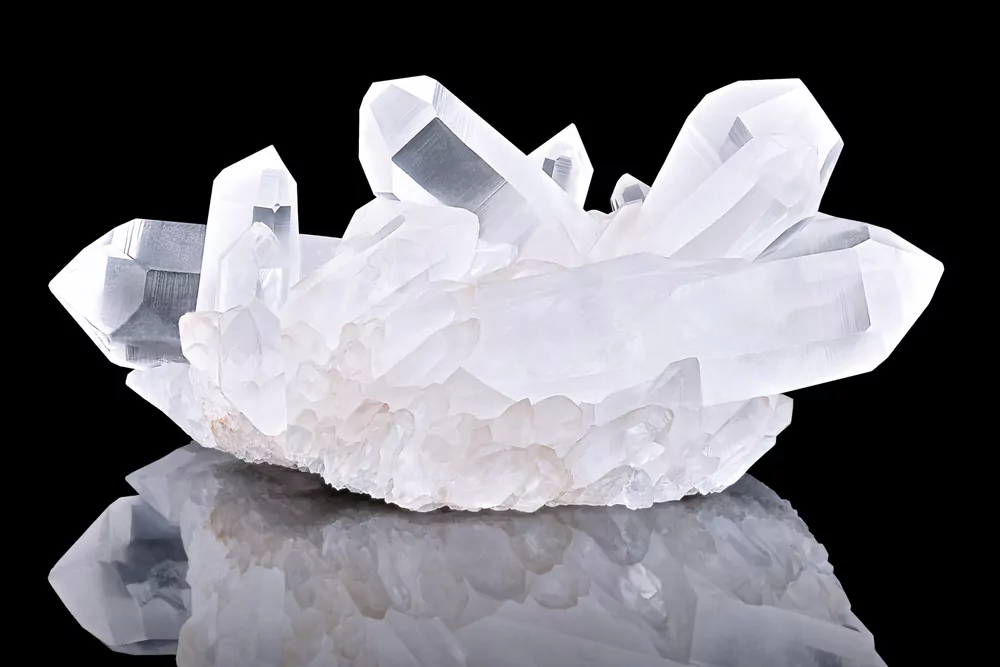
Quartz pebbles and water-worn quartz pebbles are common minerals that can be mistaken for raw diamonds. Quartz pebbles are often found in riverbeds and have smooth, rounded surfaces. Water-worn quartz pebbles are similar to quartz pebbles but have been polished and smoothed by the flow of water. To differentiate quartz pebbles from raw diamonds, perform a scratch test with corundum or measure their specific gravity. Quartz pebbles have a lower specific gravity than diamonds and can be easily scratched by corundum.
Natural Salt
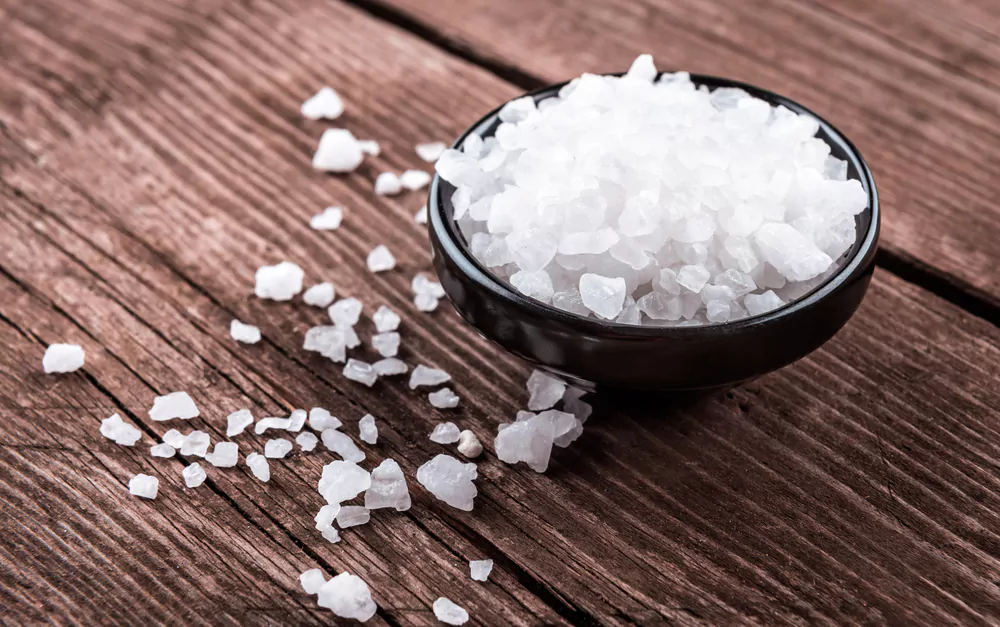
Natural salt or raw salt, or diamond bits salt can also be mistaken for raw diamonds due to its transparent, crystal-like appearance. However, salt is a soft mineral with a low specific gravity, and it will dissolve in water, which makes it easy to differentiate from raw diamonds.
Other Gemstones

Other gemstones, such as cubic zirconia, sapphire, and ruby, can also be mistaken for raw diamonds. To differentiate between these gemstones and diamonds, perform a hardness test or use a thermal conductivity tester. Diamonds have a higher hardness level than these gemstones, and diamond testers will scratch them, while they will not scratch diamonds. Diamonds also have a higher thermal conductivity than these gemstones, which makes them easier to distinguish.
4 Buying Raw Diamonds
If you are interested in buying raw diamonds, it is important to be cautious and purchase industrial diamonds from a reputable source. Raw diamonds are highly valuable and can be easily counterfeited, so it is essential to have them authenticated by a professional. A reputable jewellery shop or Gemologists can help identify and authenticate raw diamonds, ensuring that you are getting a genuine, high-quality product.
5 Famous Raw Diamonds
Raw diamonds have been highly coveted throughout history, and some of the world’s most famous diamonds are in their natural form. These include:
The Cullinan Diamond – The largest raw diamond ever discovered, weighing in at 3,106 carats. It was found in South Africa in 1905 and was later cut into several polished diamonds, including the Great Star of Africa and the Lesser Star of Africa.
The Taylor-Burton Diamond – A 69-carat raw diamond that was purchased by actor Richard Burton for his wife, actress Elizabeth Taylor. The diamond was later cut into a pear-shaped diamond and sold at auction for over $1 million.
The Tiffany Yellow Diamond – A 287-carat raw diamond discovered in South Africa in 1877. It was purchased by Charles Lewis Tiffany and cut into a cushion-shaped diamond that is now on display at the Tiffany & Co. flagship store in New York City.
6 Wrapping Up
Identifying raw diamonds can be a challenging task, but with the right techniques and tools, it is possible to differentiate between raw diamonds and other minerals. Raw diamonds are highly valued for their natural beauty, rarity, and hardness and are among the most coveted gemstones in the world. If you are interested in purchasing raw diamonds, it is important to be cautious and purchase from a reputable source to ensure that you are getting a genuine, high-quality product.
If you are looking to make a diamond ring and wondering about the size, then check our blog on how to find the perfect ring size.
Community Q&A
About This Article
This article has been viewed 604 times.



